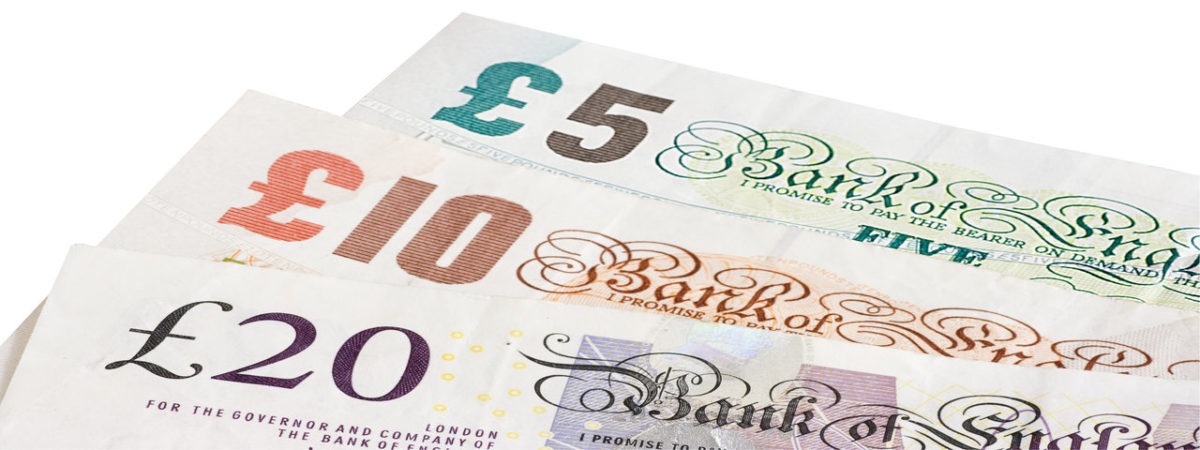Economic Freedom of the World 2014 Annual Report
SUGGESTED

A book on how eliminating government intervention can reduce the cost of living

A revival of the importance of classical economic theory

The latest edition of this annual report, published in association with the Institute of Economic Affairs
The index published in Economic Freedom of the World measures the degree to which the policies and institutions of countries are supportive of economic freedom. The cornerstones of economic freedom are personal choice, voluntary exchange, freedom to enter markets and compete, and security of the person and privately owned property. Forty-two data points are used to construct a summary index and to measure the degree of economic freedom in five broad areas:
1. Size of Government: Expenditures, Taxes, and Enterprises;
2. Legal Structure and Security of Property Rights;
3. Access to Sound Money;
4. Freedom to Trade Internationally;
5. Regulation of Credit, Labour, and Business.
Since our first publication in 1996, numerous studies have used the data published in Economic Freedom of the World to examine the impact of economic freedom on investment, economic growth, income levels, and poverty rates. Virtually without exception, these studies have found that countries with institutions and policies more consistent with economic freedom have higher investment rates, more rapid economic growth, higher income levels, and a more rapid reduction in poverty rates.
The EFW index now ranks 152 countries and territories. Data are available for approximately 100 nations and territories back to 1980, and many back to 1970.2 This data set makes it possible for scholars to analyze the impact of both crosscountry differences in economic freedom and changes in that freedom across a three-decade time frame.
Economic freedom around the world
Average chain-linked rating
The average chain-linked economic freedom rating for the 101 countries with ratings since 1980 has increased from 5.32 in 1980 to 5.78 in 1990 to 6.72 in 2000 and finally to 6.84 in 2012.
Top-rated countries
Hong Kong and Singapore, once again, occupy the top two positions. The other nations in the top 10 are New Zealand, Switzerland, Mauritius, United Arab Emirates, Canada, Australia, Jordan, and, tied for 10th, Chile and Finland.
Other major countries
The rankings of some other major countries are the United Kingdom and United States (12th), Japan (23rd), Germany (28th), South Korea (33rd), France (58th), Italy (79th), Mexico (91st), Russia (98th), Brazil (103rd), India (110th), and China (115th).
Lowest-rated countries
The 10 lowest-rated countries are: Myanmar, Democratic Republic of Congo, Burundi, Chad, Iran, Algeria, Argentina, Zimbabwe, Republic of Congo, and, lastly, Venezuela.
Nations that are economically free out-perform non-free nations in indicators of well-being
• Nations in the top quartile of economic freedom had an average per-capita GDP of $39,899 in 2012, compared to $6,253 for bottom quartile nations (PPP constant 2011 US$) (exhibit 1.6).
• In the top quartile, the average income of the poorest 10% was $11,610, compared to $1,358 in the bottom quartile in 2012 (PPP constant 2011 US$) (exhibit 1.9). Interestingly, the average income of the poorest 10% in the most economically free nations is almost twice the overall average income in the least free nations.
• Life expectancy is 79.9 years in the top quartile compared to 63.2 years in the bottom quartile (exhibit 1.10).
• Political and civil liberties are considerably higher in economically free nations than in unfree nations (exhibit 1.11).
For the full dataset – and to download individual chapters – please click here.



